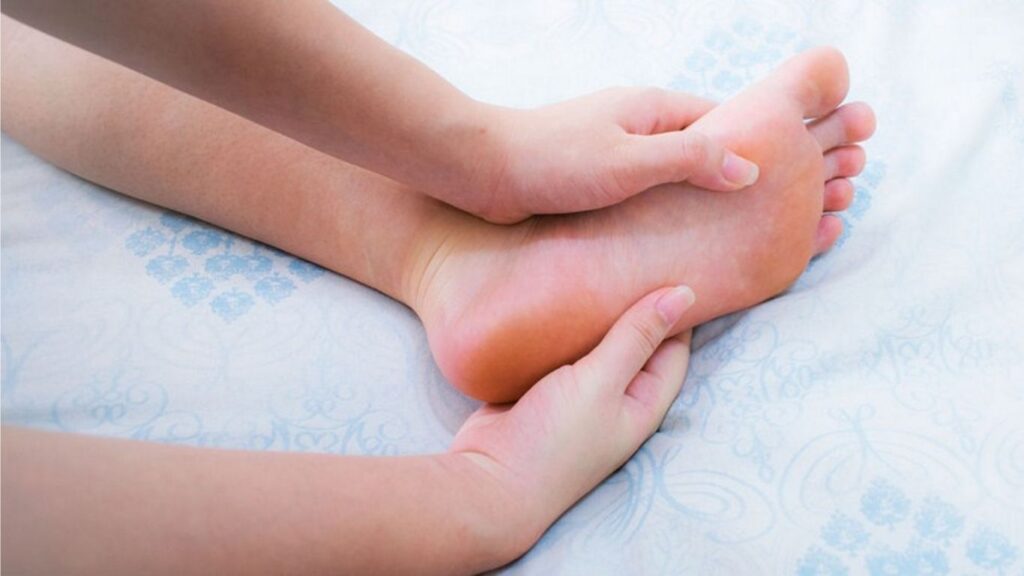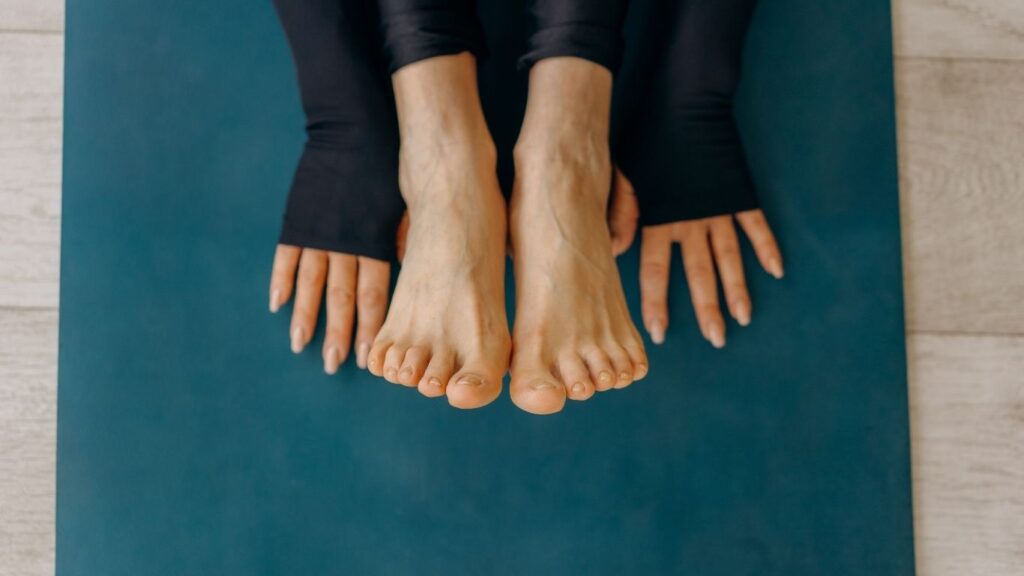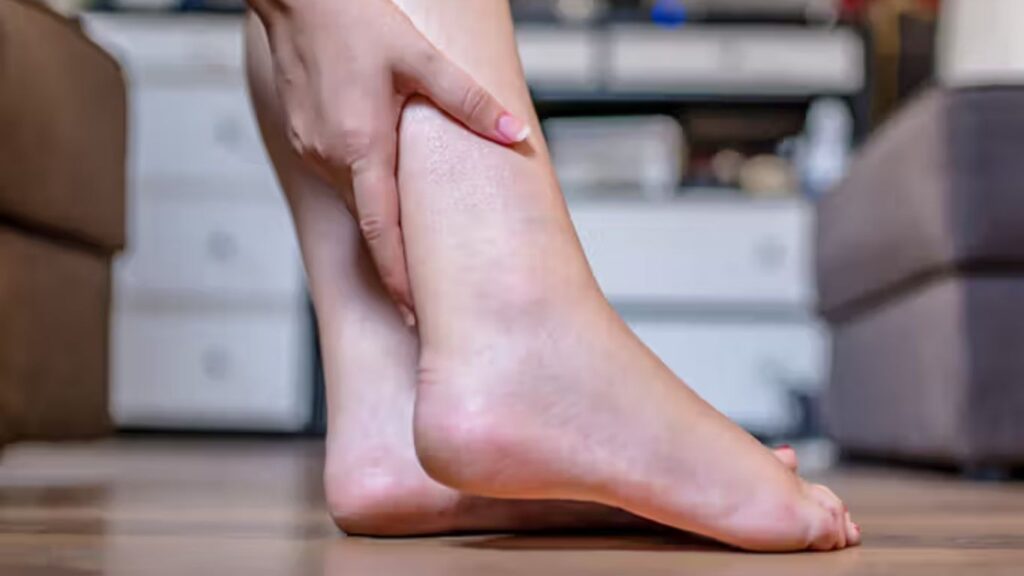Good blood circulation is crucial for overall health because it ensures that all parts of the body receive the oxygen and nutrients needed for proper functioning. Blood circulation involves the continuous movement of blood through the heart, arteries, veins, and capillaries, delivering oxygen-rich blood to tissues and organs while removing waste products. Poor circulation can lead to various health issues and affect vital body functions. In this blog post, we’ll highlight five key warning signs of poor blood circulation to help you recognize them early and seek appropriate medical advice for better health management.
5 Warning Signs of Poor Blood Circulation in the Body
1. Numbness or Tingling in Limbs

Insufficient blood flow, also known as poor circulation, can lead to a sensation of pins and needles, often described as numbness or tingling. This occurs when the flow of oxygen-rich blood is restricted, preventing it from reaching the extremities like the hands and feet. When deprived of sufficient blood supply, nerve signals are interrupted, leading to this uncomfortable sensation.
The hands and feet are particularly susceptible because they are the furthest points from the heart, making them more prone to reduced blood flow. People with circulatory issues often notice tingling after sitting or lying in one position for a prolonged period. Even minor blockages or pressure on blood vessels can exacerbate this sensation.
Recognizing numbness and tingling as warning signs is crucial, as they may signal underlying circulatory problems like peripheral artery disease, diabetes, or blood clots. Ignoring these symptoms can lead to worsening conditions and potentially severe health complications if not addressed early.
2. Cold Hands and Feet

Poor circulation often causes lower temperatures in the body’s extremities, such as the hands and feet. When blood flow is restricted, these areas receive less warm, oxygen-rich blood, resulting in consistently colder temperatures. For instance, someone with poor circulation may notice their hands and feet feeling cold to the touch, even when the rest of their body is warm or during mild weather.
Temperature differences between various parts of the body are noticeable, with the extremities being significantly colder than the torso. This discrepancy is especially evident when cold hands and feet persist despite efforts to warm up with socks or gloves.
Chronic cold extremities may indicate underlying health issues, such as cardiovascular disease or diabetes. In cardiovascular conditions, narrowed or blocked arteries impede blood flow. Meanwhile, diabetic neuropathy can damage nerves and blood vessels, further reducing circulation. Identifying and addressing these cold temperatures can help manage potential health risks before they escalate.
3. Swelling in Lower Extremities

Fluid accumulation in the legs, ankles, or feet due to poor circulation is called edema. When blood flow is insufficient, fluids are not effectively removed from tissues and begin to pool in the lower extremities, where gravity naturally draws them. This results in swelling, particularly around the ankles and feet.
Swelling manifests visibly as puffiness, often leaving an indentation if pressed gently (known as pitting). The skin may appear stretched, shiny, or discolored, and wearing shoes or walking can become uncomfortable. There may also be a sensation of heaviness or tightness in the affected area.
If swelling persists, worsens, or is accompanied by pain or discoloration, medical advice should be sought. These symptoms can indicate circulatory issues like chronic venous insufficiency, heart problems, or blood clots. Early detection and treatment of the underlying cause are crucial to prevent complications and promote proper circulation.
4. Fatigue and Lack of Stamina

Poor circulation significantly affects overall energy levels and stamina because the body relies on a steady supply of oxygen-rich blood to sustain optimal function. When blood flow is restricted, tissues and organs do not receive enough oxygen and essential nutrients, leading to persistent fatigue and reduced physical stamina. As a result, simple tasks become exhausting, and concentration wanes, leaving you feeling constantly drained.
Oxygen-rich blood is essential for converting nutrients into energy. Without efficient circulation, your muscles and brain struggle to maintain the necessary energy levels for physical activity and cognitive performance.
To combat fatigue from poor circulation, consider incorporating these health tips:
- Exercise Regularly: Engage in daily physical activity like walking or stretching to stimulate blood flow.
- Stay Hydrated: Drink plenty of water to keep blood vessels healthy.
- Elevate Your Legs: Rest with your legs elevated above your heart to improve blood return.
- Diet: Eat a balanced diet rich in fiber, antioxidants, and omega-3 fatty acids.
5. Varicose Veins

Varicose veins are enlarged, twisted veins visible just under the skin, most often appearing in the legs and feet. They are blue or dark purple and often bulge, resembling twisted ropes. People with varicose veins may also experience aching, heaviness, or itching in the affected areas.
These veins are linked to circulatory problems because faulty valves within the veins cause blood to pool instead of flowing back to the heart. This pooling stretches the vein walls, causing them to enlarge and twist. Factors like prolonged standing, obesity, pregnancy, and genetics can increase the risk.
To prevent or manage varicose veins, consider these lifestyle changes:
- Stay Active: Exercise regularly to improve circulation.
- Elevate Your Legs: Raise your legs periodically to reduce pressure.
- Wear Compression Stockings: These improve blood flow and reduce swelling.
- Maintain a Healthy Weight: Reducing excess weight relieves pressure on leg veins.
- Avoid Prolonged Sitting/Standing: Take breaks to move around and stretch.
Final Thoughts
Recognizing the five warning signs of poor blood circulation is crucial for early detection and intervention. Numbness or tingling, cold extremities, swelling in the legs or feet, fatigue, and varicose veins all indicate underlying circulatory issues that may lead to more severe health complications if ignored. By understanding these symptoms, individuals can seek timely medical advice and adopt lifestyle changes to improve circulation and overall well-being. Regular exercise, a healthy diet, and staying hydrated are simple yet effective ways to boost blood flow and maintain cardiovascular health for a more energized, active life.
Also read: 5 Foods That Destroys Gut Health
